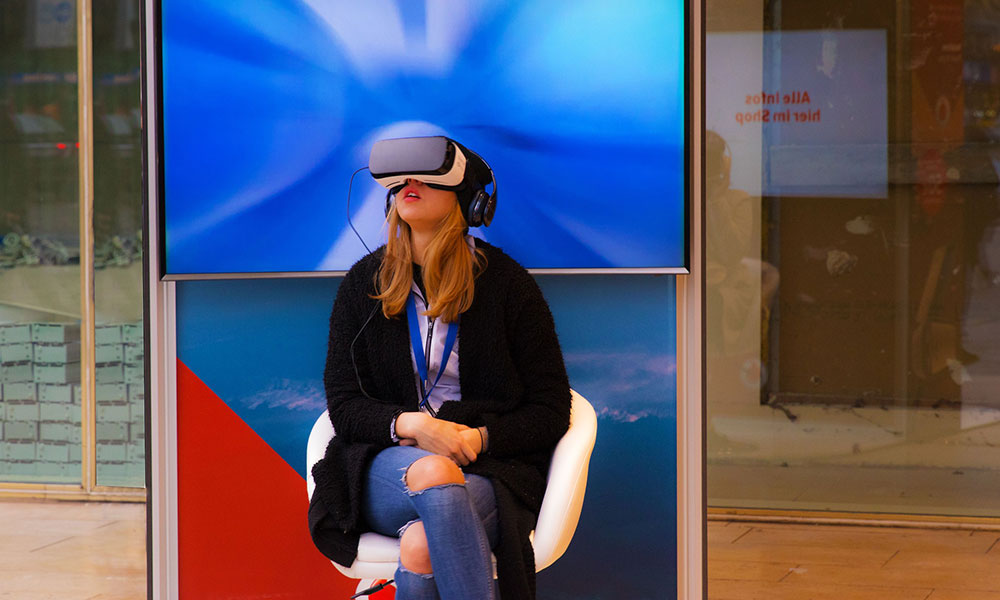
New Virtual Reality Association Includes Big Names
Some of the biggest names in the virtual reality space are joining the new Global Virtual Reality Association, which could help the long-term prospects of the closely watched technology.
Virtual reality is all about taking you to a brand-new place. But it helps to have some solid footing in the real world, just in case the bottom falls out.

That’s the idea behind the Global Virtual Reality Association (GVRA), launched this month by some of the budding industry’s biggest stakeholders—among them, Google, Sony, and the Facebook-owned Oculus.
“We’re still very much in the early stages of VR, so it’s critical that industry leaders work together to create and share ideas on how we can safely build this industry,” said Oculus General Counsel Jordan McCollum. “I’m looking forward to working with other hardware makers to proactively address the challenges we need solve to make VR a success over the long term.”
The creation of the group—which also includes Acer Starbreeze, HTC Vibe, and Samsung—highlights the quick evolution of the technology, which only began to gain mainstream momentum when Oculus started a Kickstarter campaign in 2012 and was later acquired by Facebook for $2 billion. Since then, the tech has become a common part of the gaming industry, with many big-name manufacturers and software makers jumping on board.
GVRA has pledged to focus on policy and industry-development issues. “Association members will develop and share best practices, conduct research, and bring the international VR community together as the technology progresses,” GVRA stated in a news release. “The group will also serve as a resource for consumers, policymakers, and industries interested in VR.”
With the numerous competing technologies out there, proprietary platforms have become an issue. As TechCrunch points out, standardization has been a long-term interest of those in the virtual reality community, so GVRA could play a role in making that happen. But the group may not be equipped to do that (at least at first), because it’s missing a major member: Valve. The company, which runs the popular Steam service, has its own virtual reality platform.
(beejees/Flickr)






Comments